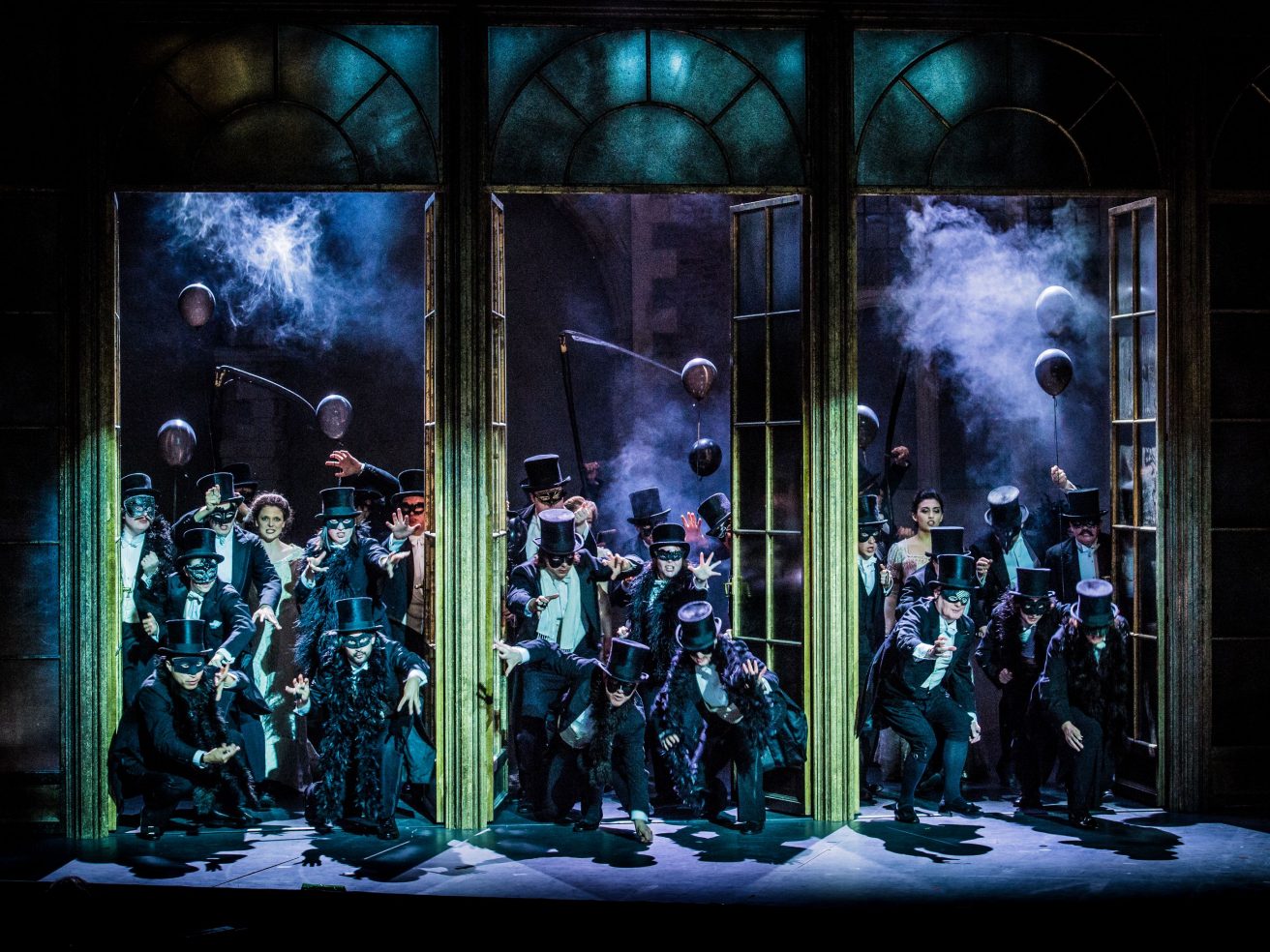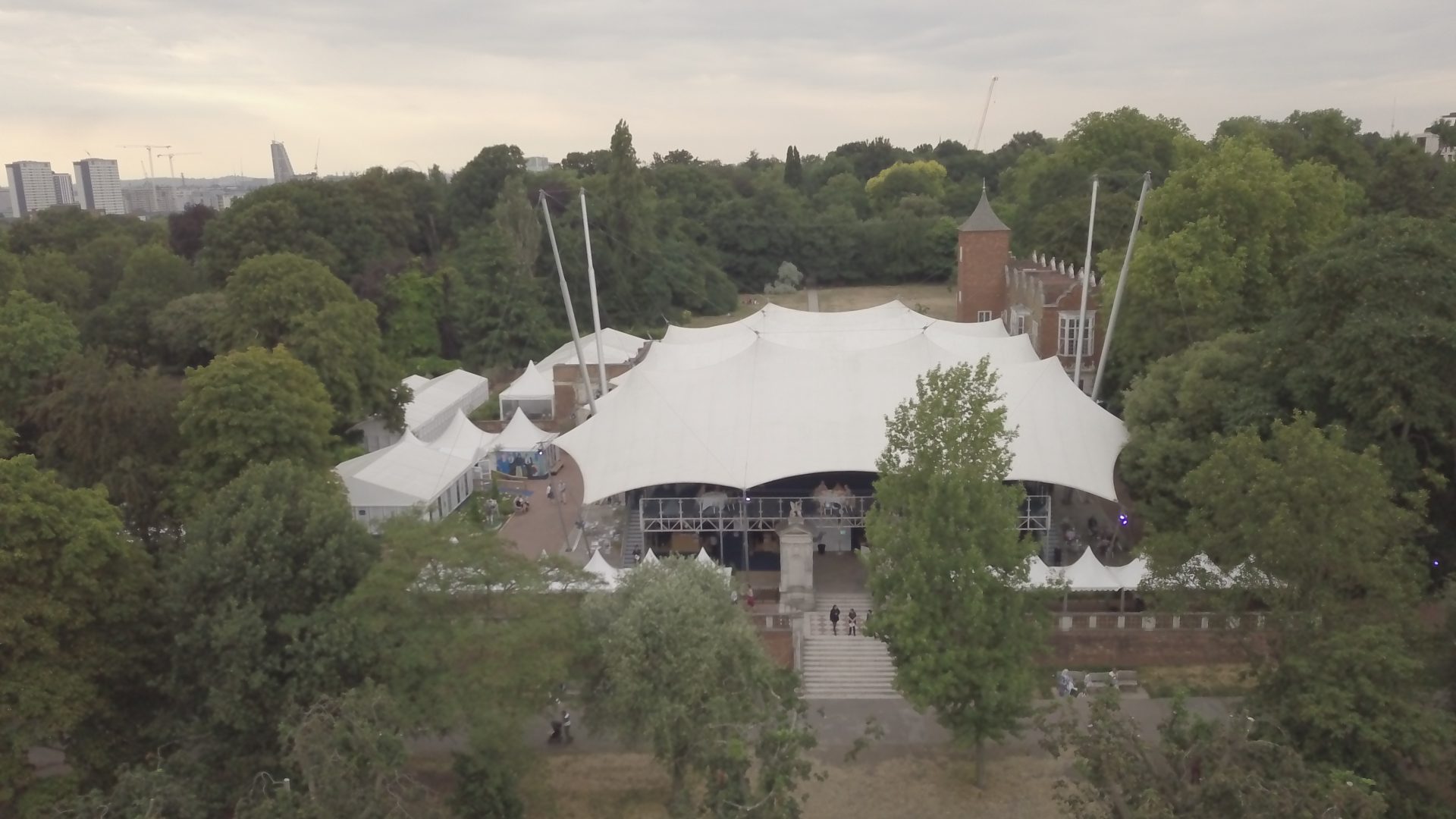Editor of Opera magazine, and a son of the southern hemisphere, John Allison surveys music that celebrates the summer solstice, from Mendelssohn and Wagner to Britten and Tippett.
At the time of year when opera-lovers come out of a performance — most years that is, if not 2020 — and into the evening light, it is hard to separate midsummer from music. But even before a note of music is composed there can be music in the air: Shakespeare’s play A Midsummer Night’s Dream made its own music before Benjamin Britten based an opera on it. Where the play begins in the light of day, the opera opens in the enchanted wood, with the score’s string glissandi immediately evoking dry summer air. In preparing the libretto, Britten and Peter Pears made hefty cuts to the play, mostly at the expense of the human characters, and in the process increased our feelings of empathy with the forest world.
Night and dreams haunt many of Britten’s works, but only this one is set at midsummer — and it inhabits a sound-world entirely distinct from his other works. The opera moves towards its close with Theseus’s words, ‘Lovers to bed; ’tis almost fairy time. I fear we shall out-sleep the coming morn as much as we this night have overwatch’d. Sweet friends, to bed.’ If the central motif is the madness of love, it is explored in a way that could only happen at midsummer.
In his extensive mythological-folkloric survey, The White Goddess, Robert Graves argues that there is only one real, underlying story: the birth and death of the year in the cycle of the seasons. So it is perhaps surprising that this month’s big festivity — the summer solstice — is not reflected in more operas. Those that do tackle the subject, however, are of high importance, not least Richard Wagner’s Die Meistersinger von Nürnberg, a work that reminds us how St John’s Eve is the Christian festival attached to midsummer.
Although not the only pagan festival to have been absorbed into the church’s calendar, the ancient practice of lighting (and dancing around) bonfires was adapted to represent ‘the brilliant and burning light’ of St John the Baptist, who heralds the coming of Christ into a ‘dark’ world. But old midsummer customs have endured in many lands, stretching from the Baltic coasts, with their strong memories of northern gods, to New Orleans, with its voodoo ceremonies.
Sometimes called ‘the summer Christmas’, this festival was derived from the dating in St Luke’s Gospel of John the Baptist’s birth to six months before that of Jesus; hence June 24, half a year before Christmas Eve. In Wagner’s precisely detailed Meistersinger scenario, which fixes time and place (a positively Meyerbeerian feature) like no other setting of a Wagner opera, the chorale heard at the opening of the opera thus addresses St John the Baptist.
Unsurprisingly, Hans Sachs — his name derived via Johannes from St John — takes on an almost religious aura, leading the christening of the song and turning Walther into some sort of musical messiah. And Walther himself (as John Deathridge has shown) takes on the mantle of Faust, a character portrayed by Goethe reading the opening of St John’s Gospel in his study; like Faust, Walther rebels against the supremacy of God’s ‘Word’, eventually substituting it with ‘Deed’: ‘In the beginning was the Deed’, Walther sings, spurning the authority of the Mastersingers’ rules.
Yet the richly layered backdrop of Meistersinger invokes older traditions still: in his Flieder monologue, Sachs muses on the scent of the elderflower, which in German folklore comes into fullest bloom on St John’s Day, and the chaos that breaks out at the end of the same act follows the Nightwatchman’s admonition against the superstitious practices of midsummer. One of the books that Wagner consulted in his thorough researches around the figure of Hans Sachs was Jacob Grimm’s Teutonic Mythology, which recounts an order issued by the Nuremberg town council on 20 June 1653:
‘Where experience heretofore hath shown, that after the old heathenish use, on John’s day in every year, in the country, as well in towns as villages, money and wood hath been gathered by young folk, and thereupon the so-called sonnenwendt or zimmet fire kindled, and thereat winebibbling, dancing about the said fire, leaping over the same, with burning of sundry herbs and flowers, and setting of brands from the said fire in the fields, and in many other ways all manner of superstitious work carried on — Therefore the Hon. Council of Nuremberg town neither can nor ought to forbear to do away with all such unbecoming superstition, paganism, and peril of fire on this coming day of St John.’
Since it was believed that on certain nights of the year the living and the dead connected with each other, it wasn’t long before St John’s Eve became one of those occasions on which mischievous fairies were deemed to be at their most powerful. Shakespeare’s A Midsummer Night’s Dream may scarcely actually refer to midsummer, but its fairies were a powerful source of inspiration in musical adaptations of the play by Purcell, Mendelssohn, Orff and — as we have seen — Britten.
Anyone wondering where Ambroise Thomas’s Le Songe d’une nuit d’été — once highly popular, but now an absolute rarity, though it was revived in Compiènge in 1994 in celebration of the opening of the Channel Tunnel and will be seen again at Wexford in 2021 — fits in with all this, perhaps expecting it to feature Oberon and Titania, will be in for a surprise: Le Songe d’une nuit d’été has nothing to do with Shakespeare’s A Midsummer Night’s Dream. It is rather a fantasy about Shakespeare and Queen Elizabeth I, in which the playwright-poet sinks gradually into drunkenness and debauchery, until Elizabeth is forced to remind him of his duty as England’s literary genius. It’s not very Shakespearian at all, more Shakespeare in Love.
Addressing summer directly in an essay looking back at his first opera, The Midsummer Marriage, Michael Tippett said, ‘I have often regretted not including in the list of dramatis personae the Sun!’. This visionary masterpiece — a work that exemplifies Tippett’s belief that ‘it should be possible in an opera … to have a greater percentage of the marvellous to a smaller amount of the everyday’ — is a sort of 20th-century English Gesamtkunstwerk, and certainly Tippett followed Wagner’s lead in writing his own librettos. The Midsummer Marriage incorporates a ritual fire festival as the climax of its action.
This opera’s central theme — renewal — is one that can be accomplished only at midsummer. Significantly, and despite the work’s heavy allusions to ancient Greek religion, St John is also invoked. The grand, solemn chords that punctuate the Ritual Dances are later reshaped by the chorus to fit the words ‘Fire! Fire! St John’s fire …’. These magnificent dances in Act 2 are no mere divertissement, and can be completed only in Act 3 by the ‘fire in summer’ and a fourth dance towards the end of the opera. Here, in his ritual midsummer dance, Strephon dies (like Stravinsky’s sacrificial virgin in The Rite of Spring), but his sacrifice bestows spiritual transcendence on the newly married lovers Jenifer and Mark. They emerge in a final scene where fire fades into midsummer morning, and where the light has a special clarity.
Strindberg’s play Miss Julie takes place on Midsummer’s Eve, and the mood of that night is almost a character itself, worthy also of adding to the concise list of dramatis personae. The musical implications are potent, so it is little wonder that at least five composers — Ned Rorem, Antonio Bibalo, William Alwyn, Margareta Hallin and Philippe Boesmans — have made operatic settings of the play. Where Rorem’s masterful setting is truly ‘Strindbergian’, Alwyn allows himself to create atmosphere, and his score is permeated by a waltz rhythm evoking the carefreeness of midsummer. In Alwyn’s own libretto, Miss Julie sings rapturously: ‘Midsummer Night/O, night of magic/when the world can forget/its cares and sorrow/with no thought for tomorrow.’
Modest Mussorgsky’s Night on Bald Mountain, a depiction of a witches’ sabbath on St John’s Eve and actually completed on the night of 23 June 1867, is a tone poem, but it is worth remembering in this context that the composer recast it with added voices in two operatic projects, Sorochintsy Fair and the earlier collaborative opera-ballet Mlada. Even earlier, when Mussorgsky was only 19, he seems to have planned to turn Gogol’s story St John’s Eve into an opera, but got no further with it. It is no coincidence that Meistersinger, Midsummer Night’s Dream and Midsummer Marriage are all comedies. So having displayed a northern-centric view by dwelling on June’s summer solstice, I ought to ‘come out’ both as a child of the southern hemisphere and as a procrastinator and wish you merry Christmas—a ‘summer Christmas’, that is.
John Allison is editor of Opera magazine and a music critic who has written for publications around the world, authored two books and served on the juries of many international competitions. He co-founded the International Opera Awards in 2013.


